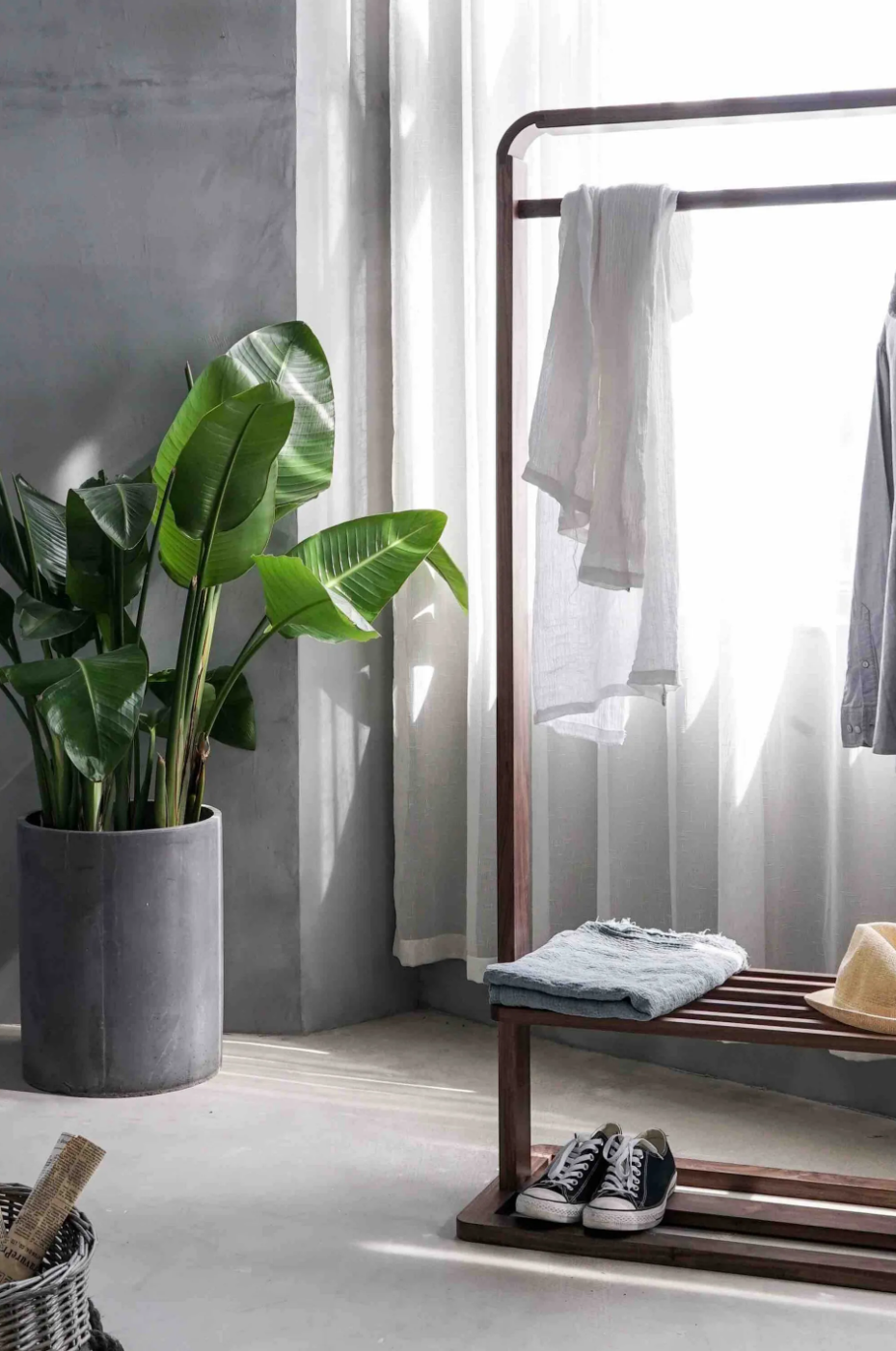When indoor humidity runs too high, the consequences go far beyond sticky discomfort. Excess moisture can damage walls, warp wood furniture, encourage mold growth, and even trigger allergies or breathing issues. But here’s the good news: nature offers an effortless, eco-friendly solution. Certain plants naturally absorb excess moisture from the air, helping to balance your home’s environment while also purifying the air and enhancing your living space.
The beauty of this approach is that it’s sustainable and energy-free. Instead of relying solely on dehumidifiers, you can bring in plants that double as décor while working quietly to make your space healthier. Some even release oxygen at night, promoting deeper, more restful sleep.
So, whether your humidity troubles stem from poor ventilation, lack of sunlight, or plumbing issues, adding the right greenery is a simple step toward a fresher, drier, and more inviting home.
1. Peace Lily
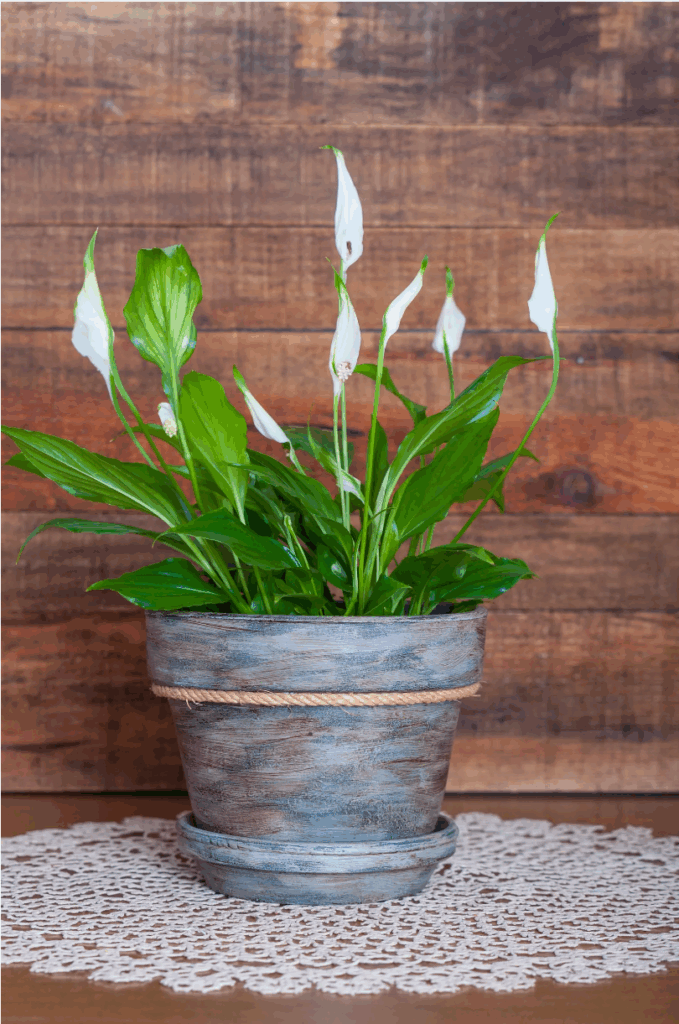
Peace lilies are among the most well-known plants for improving humidity and air quality. Native to the Caribbean, these graceful plants thrive indoors with minimal light and little watering. Their broad leaves absorb moisture directly from the air, making them perfect for balancing damp environments.
Just keep an eye on their leaves—if they start turning brown, it’s a sign your peace lily needs water or a little pruning to stay healthy.
2. Spider Plant
A favorite in bathrooms and kitchens, spider plants are both attractive and hardworking. They absorb moisture in humid spaces, making them especially valuable in poorly ventilated rooms. Their arching leaves can even collect condensation droplets, and they’re also known for filtering toxins like formaldehyde from the air.
Best of all, spider plants are low-maintenance—they don’t need much light or constant attention.
3. Areca Palm
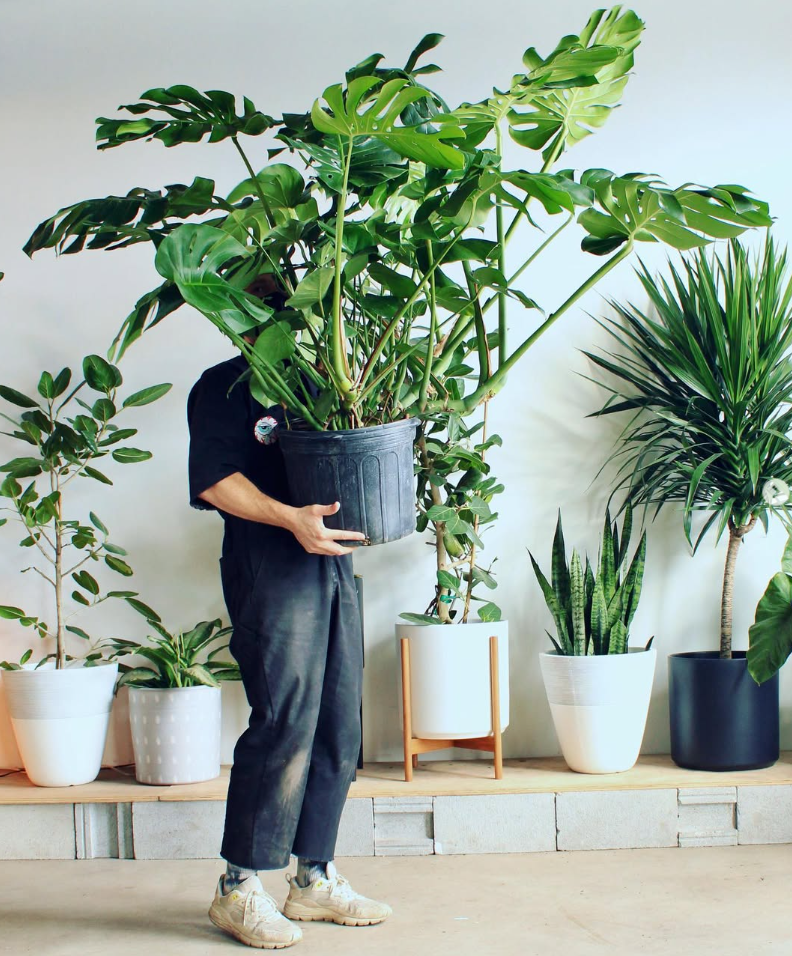
For larger rooms with excess moisture, the areca palm is a powerful option. Native to Mexico and Central America, these palms are natural air humidifiers and dehumidifiers, regulating water vapor through their leaves. In their natural environment, they can grow several meters tall, but at home they do well in pots.
Give your areca palm a warm spot away from cold drafts, and it will happily absorb excess humidity while adding a tropical vibe to your home.
4. English Ivy
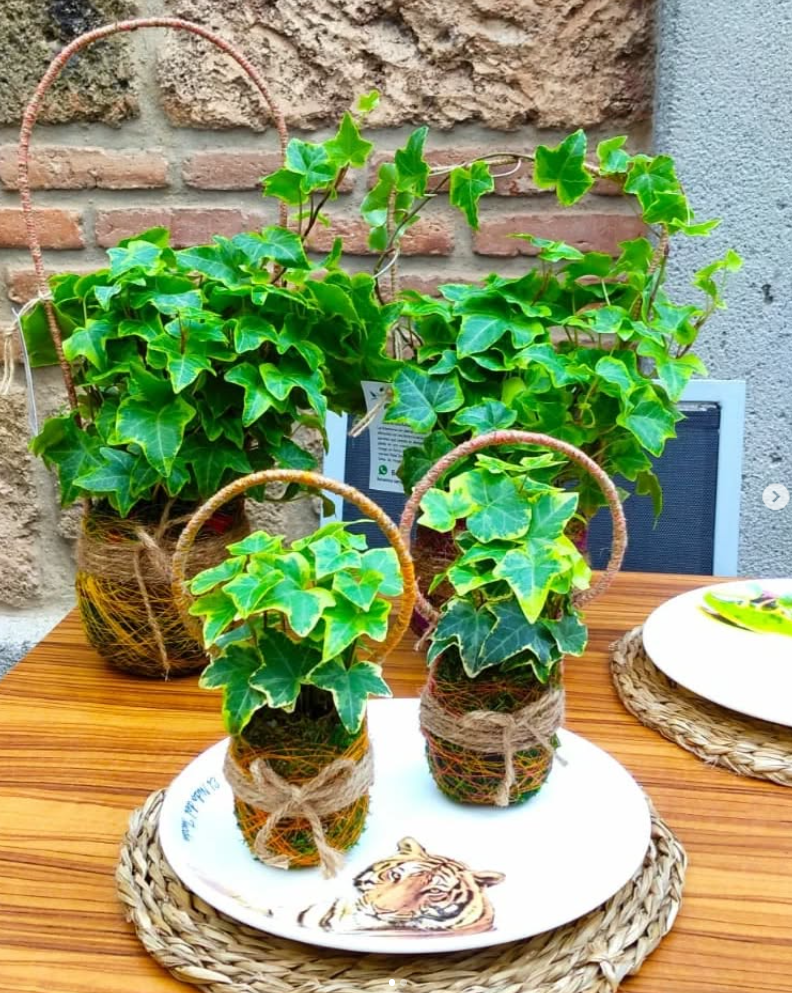
Elegant and versatile, English ivy not only helps reduce humidity but also prevents mold growth—a common issue in damp environments. Its trailing vines make it a beautiful choice for hanging baskets, wall displays, or climbing trellises.
Ivy prefers bright, indirect light, though it can adapt to less sunny corners. With the right placement, it doubles as both natural dehumidifier and stylish décor.
5. Ferns
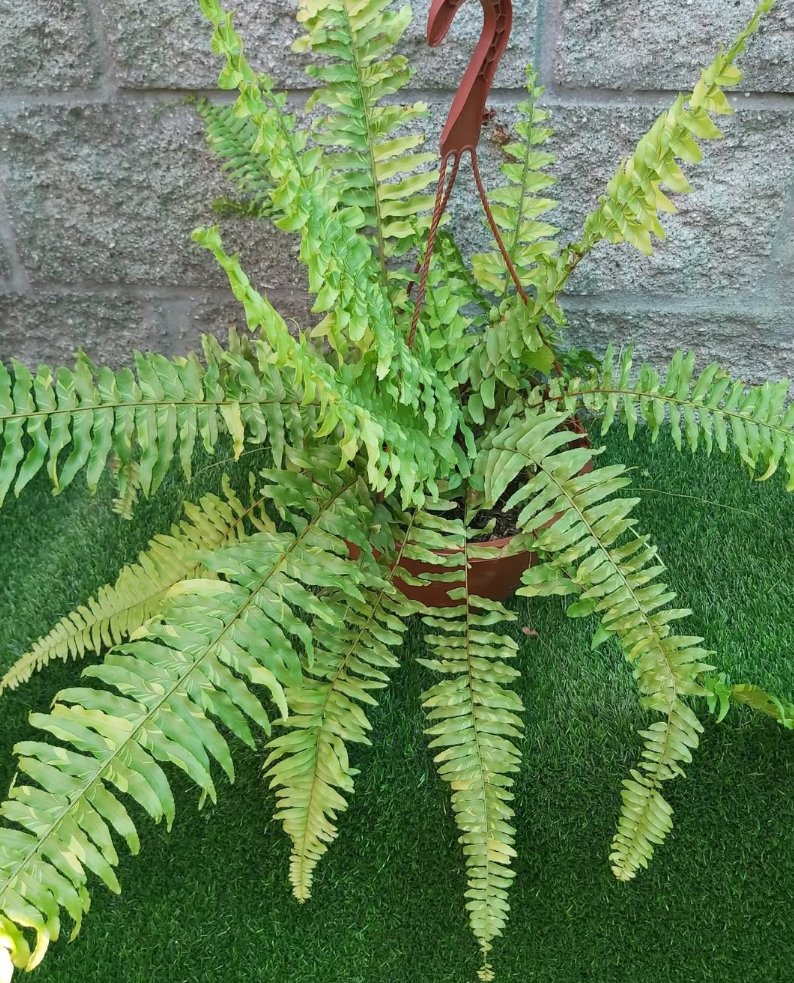
No list of humidity-fighting plants would be complete without ferns. Their lush, vibrant fronds are both decorative and functional, as they naturally absorb moisture from the air. Ferns thrive in indirect light and slightly damp soil, making them ideal for high-humidity spots in the home.
To keep them healthy, mist the leaves during colder months when indoor air tends to dry out, ensuring they stay green and resilient.
Final Thoughts
Introducing these plants into your home does more than add beauty—it’s a natural way to balance humidity, prevent mold, and create a fresher, healthier living environment. With just a little care, peace lilies, spider plants, palms, ivy, and ferns can work quietly in the background, turning your home into a more comfortable and inviting place to live.
Why rely only on machines when you can let nature do the job—stylishly and sustainably?
